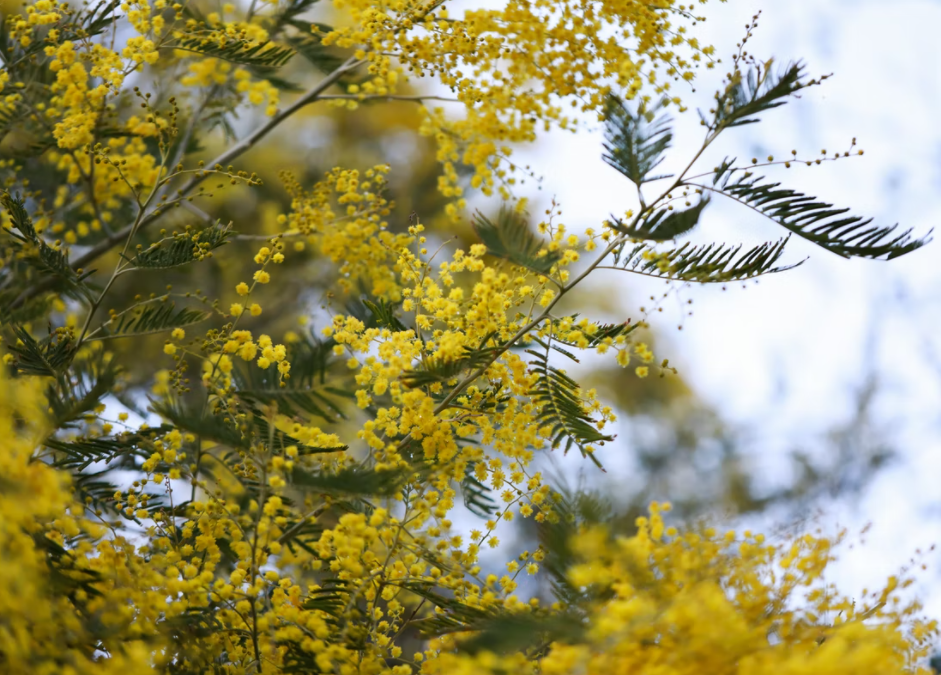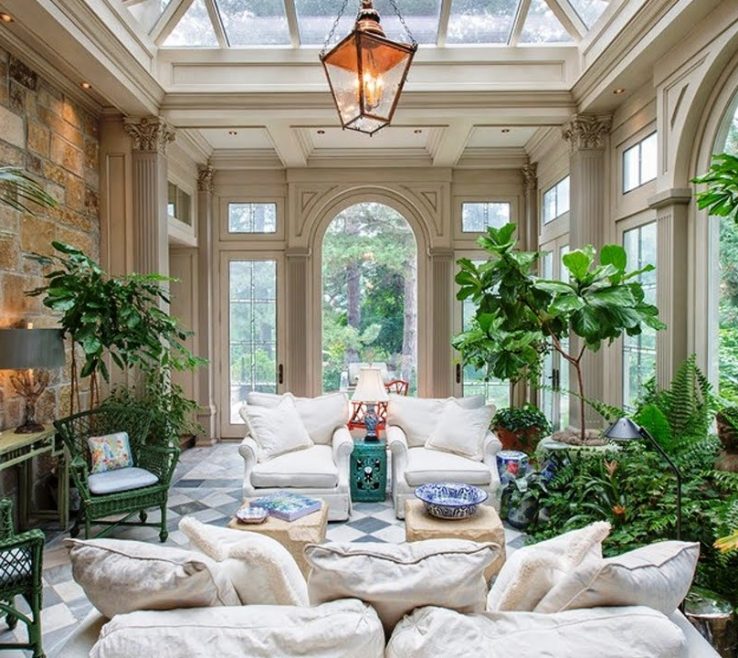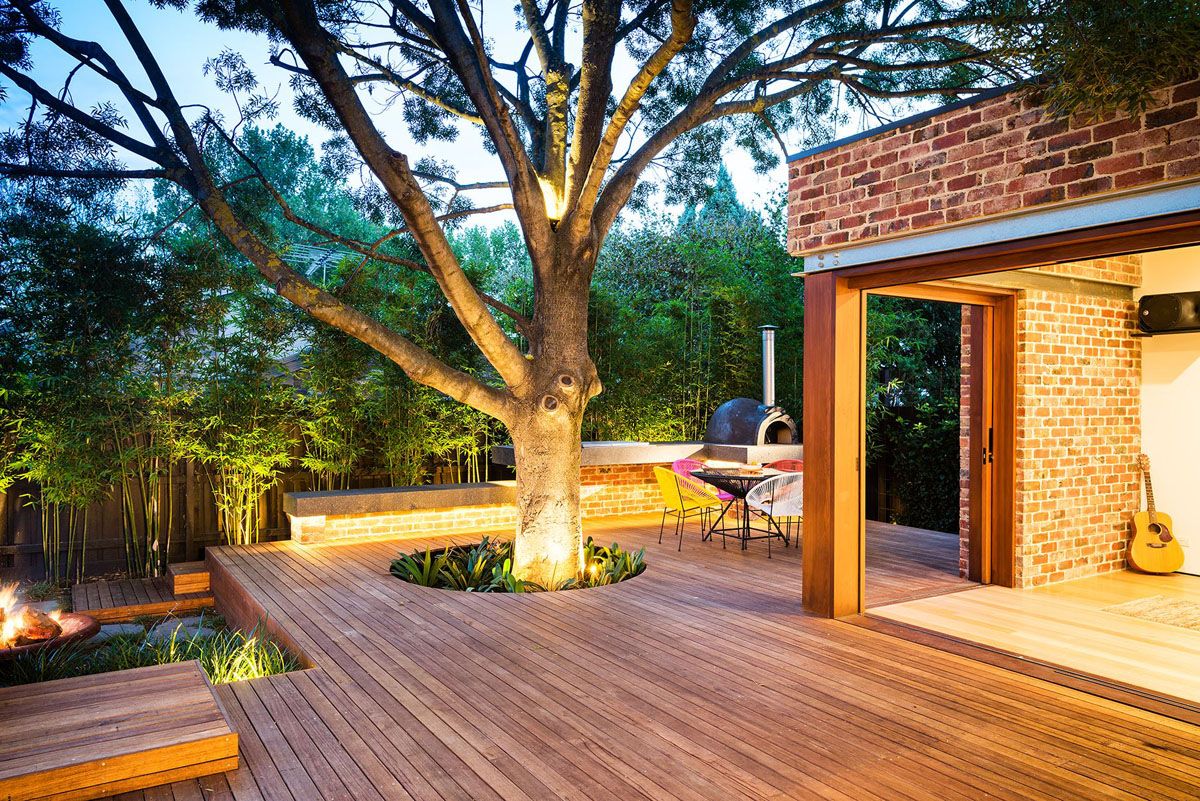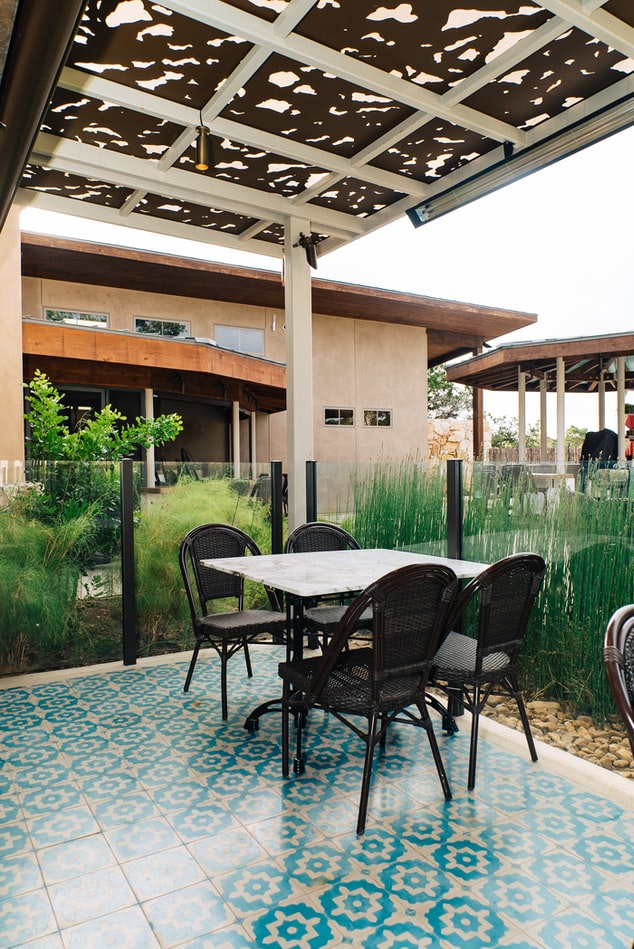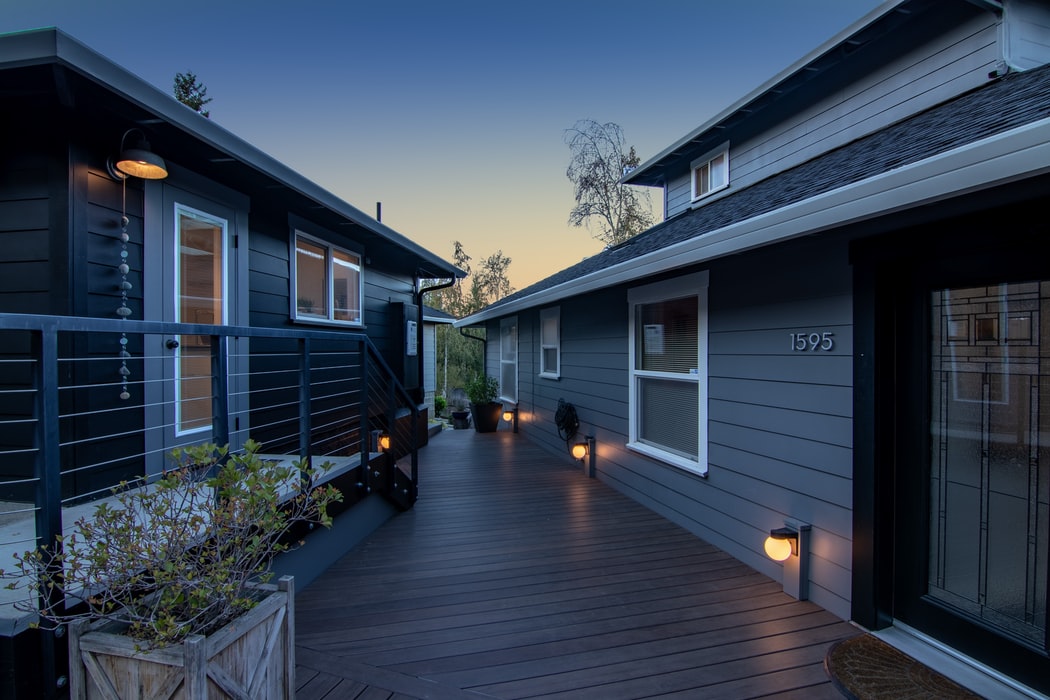Do you live in a dry climate? Planting trees that don’t need a lot of water is a great idea for your landscaping! If you are living in an area that is very dry and doesn’t receive a lot of rainfall, it is only natural to look for plants that can survive this type of climate. Areas that have long, dry, and hot summers also need to have gardens suited to withstand these type of conditions. It is always exciting to see trees online that look beautiful but we have…
Category: Garden Design
Garden Rooms vs Traditional Conservatories
Installing a conservatory is a fun project that your family will enjoy, here is why you should build one! When it comes to extending your home and creating some additional space, the most common choice amongst homeowners is to build an extension. However, this does require a lot of planning, time and most of all, money! All of which make home extensions something that isn’t quite achievable for many, especially if they want something that can be done quickly and affordably. The next option that homeowners have, is to install…
Benefits of Smart-Outdoor Lighting Systems for your Home
Install smart outdoor lighting for your home, you’ll thank us later! Home automation systems have been around for many years. However, the costs of these systems have substantially decreased as devices themselves have become smart-devices that are able to connect to the internet and be controlled with Apps on your phone. Such items as smart-thermostats, garage door openers and light switches have made this technology available to more consumers in recent years. As a result of this technology becoming readily available there has been an increase in energy savings, automated…
3 Reasons You Should Add A Porcelain Patio to Your Garden
Choosing the right material for your patio can be difficult, especially with so many different and appealing options on the market. One patio material that’s gained popularity over the past few years is porcelain paving! Unlike natural stone paving, which can be quite a challenge to maintain, porcelain paving boasts a number of qualities that make it ideal for use in family homes with a high foot-fall. Today we’re going to look at four reasons why you should add a porcelain patio to your garden. 1. Porcelain paving is strong…
Is Grey Composite Decking a Good Choice for Contemporary Gardens?
Contemporary gardens are great spaces for entertaining guests and relaxing with friends. Nowadays, people are moving away from traditional gardens and are instead opting to turn their outdoor spaces into extensions of their modern homes. One of the key features of contemporary gardens that we see time and time again, is a monochrome colour pallete. White, blacks and greys are often favoured over bright colours and loud patterns because they make a space look simple and clean. You can see in the photo above that grey decking can be contrasted…

